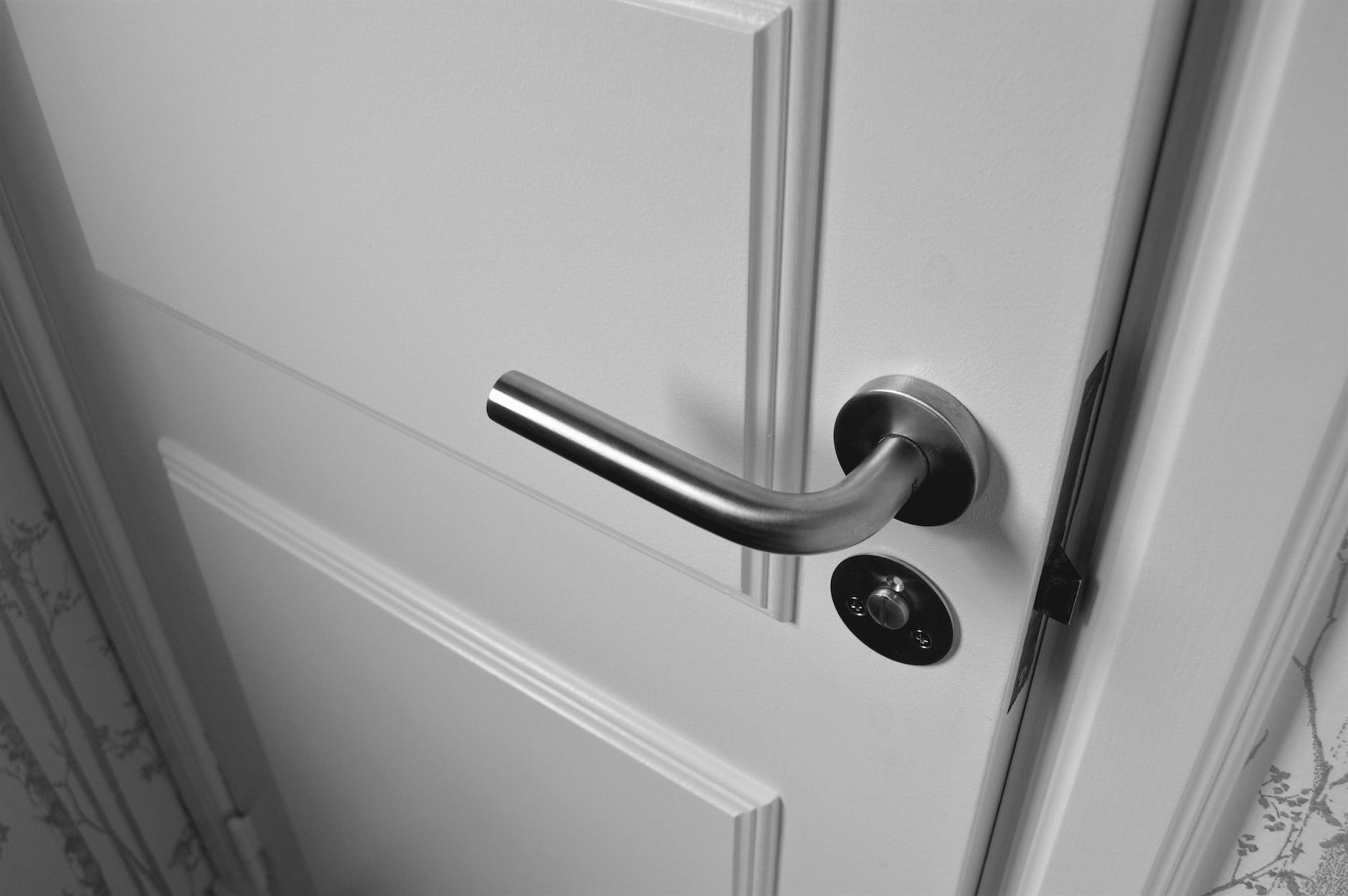Your home should be a sanctuary where you and your loved ones feel safe and protected. Creating a secure environment involves more than just locking the doors at night. It requires proactive measures to address potential hazards and ensure the overall safety of your home. In this blog post, we will provide you with a comprehensive home safety checklist to help you identify and address key areas of concern. By following these guidelines and implementing necessary precautions, you can enjoy peace of mind knowing that your home is a secure haven for you and your family.
- Evaluate Home Security Measures
The first step in ensuring home safety is to evaluate your current security measures. Check the condition of all exterior doors and windows to ensure they are sturdy, properly fitted, and equipped with secure locks. Consider installing deadbolts and reinforcing doors with strike plates for added protection. Assess the functionality of window locks and install additional security devices if needed.
Next, examine your home’s perimeter. Adequate outdoor lighting can deter intruders, so ensure that all entry points, pathways, and dark corners are well-lit. Consider installing motion sensor lights or timers for added convenience and energy efficiency. Trim shrubs and trees near windows to eliminate potential hiding spots.
If you haven’t already, invest in a reliable home security system. Modern systems offer features like surveillance cameras, motion sensors, and remote access, providing enhanced security and peace of mind. Display signs or stickers indicating the presence of a security system to deter potential burglars.
- Fire Safety Precautions
Fire safety is a crucial aspect of home security. Install smoke detectors on every level of your home, including inside bedrooms and near the kitchen. Test the detectors regularly and replace batteries as needed. Consider upgrading to interconnected detectors, so when one alarm sounds, they all activate.
Have fire extinguishers readily available in easily accessible areas, such as the kitchen and garage. Ensure everyone in the household knows how to operate them correctly. Schedule regular maintenance and inspection of heating systems, chimneys, and electrical wiring to prevent fire hazards.
Develop and practice a fire escape plan with your family. Identify multiple escape routes from each room and establish a meeting point outside the house. Teach everyone how to safely exit in case of an emergency and conduct fire drills regularly to reinforce the plan.
- Electrical and Appliance Safety
Electrical malfunctions and faulty appliances can pose significant safety risks. Inspect electrical cords for damage or fraying and replace them if necessary. Avoid overloading electrical outlets and use surge protectors to safeguard sensitive electronic devices.
Regularly check your appliances for any signs of wear or malfunction. Unplug unused appliances when not in use and never leave them running or charging overnight. Keep flammable materials away from heat sources and ensure proper ventilation for appliances that generate heat, such as dryers or space heaters.
Consider hiring a professional electrician to conduct an electrical safety inspection. They can assess the wiring, outlets, and electrical panel to identify potential hazards or outdated components that may need upgrading.
- Prevent Falls and Injuries
Falls are a common cause of injuries at home, particularly for young children and older adults. Ensure that staircases are secure and equipped with handrails on both sides. Install slip-resistant flooring in bathrooms and place grab bars near toilets and showers. Use non-slip mats or rugs with grips to prevent slipping on smooth surfaces.
Secure heavy furniture and electronics to the wall to prevent tipping accidents, especially in households with children. Keep walkways and hallways clear of clutter to reduce the risk of tripping.
In areas with young children, install safety gates at the top and bottom of staircases and use window guards to prevent falls. Use safety covers on electrical outlets to protect curious little ones.
Conclusion
By following this comprehensive home safety checklist, you can significantly enhance the security and well-being of your household. Regularly assess and update your home’s security measures, address fire safety precautions, ensure electrical and appliance safety, and take measures to prevent falls and injuries. Remember, home safety requires ongoing vigilance and maintenance. Prioritize the well-being of your family by creating a secure environment where everyone can thrive.
